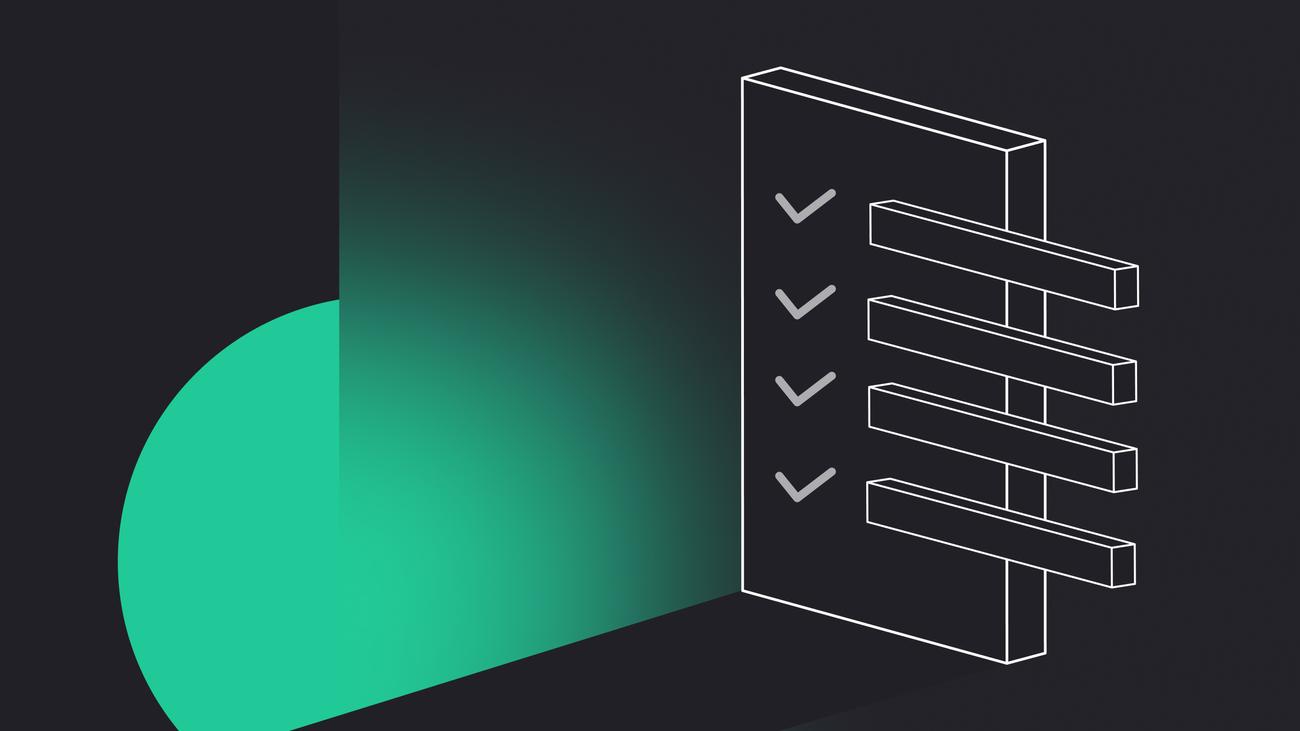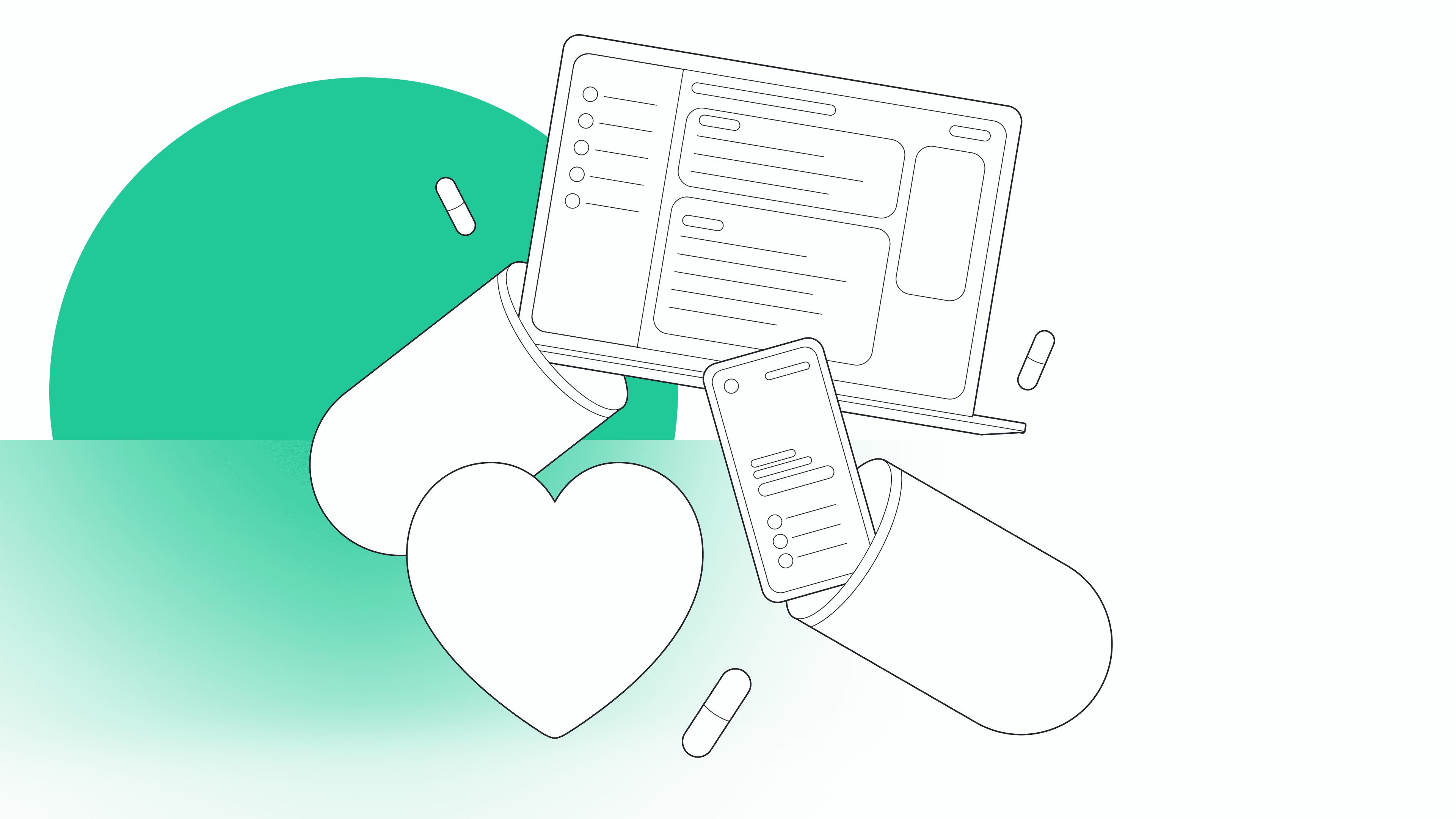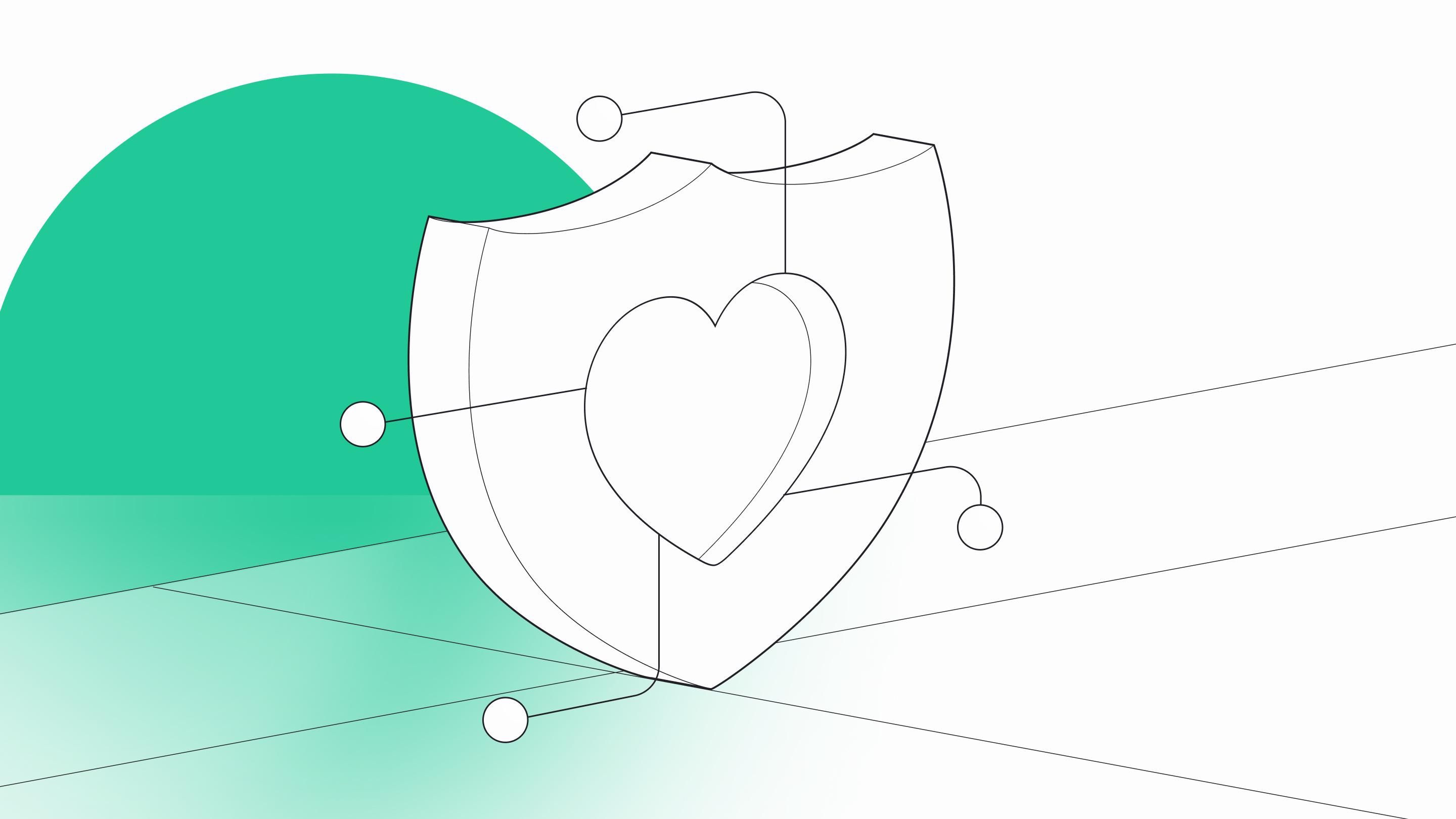


How to take care of software quality – the process
Building a successful app is the goal of every entrepreneur. One of the most vital factors that make it happen is the quality of the digital product: the higher quality, the more potential customers. Hence, the better chances for success.
That’s why, in software engineering, to ensure quality, there are many software quality management systems. What about software development aspect? Software quality assurance (SQA) focuses on testing, reviewing, along with a code and design inspection. It’s no longer about just looking good. It’s a total quality of a software product.
A successful app reflects the customers’ needs, boosts user satisfaction, and brings value to them in a secure and reliable product. In other words, thanks to quality assurance, the software development team ensure the quality of a digital product. This makes software quality control so necessary in the process in every industry. As long as there’s a target audience involved, you have to go deeper beyond a superficial look and focus on quality aspects.
This article is quality management focused. Hence, I’ll share our practices and reliable strategies on software quality management systems along with answers to common questions. ‘What factors affect software quality?’, ‘what are software quality measures in software development life-cycle?’ or ‘how to improve the quality?’. Also, I’m going to differentiate between quality assurance (QA), quality control (QC) and testing. Enjoy!
2 aspects of software quality
People make mistakes on a daily basis, even during procedures that they know by heart. However, often those errors can be too costly. Because of that, a concept of software quality was introduced along with QA, QC, and testing.
But first, let’s go back for a moment to the foundational levels of software quality. Here, we can differentiate functional and non-functional characteristics. The first one is focused on users and their experience, like features and intuitiveness. The other is more about the app’s architecture, such as code maintainability or security.
Hence, we can deduce that non-functional features depend on the team’s expertise and code review, even from this short definition. On the other hand, we can ensure those functional characteristics by coming up with quality management procedures that include software quality assurance, quality control, and testing.


Have a project in mind?
Let’s meet - book a free consultation and we’ll get back to you within 24 hrs.
Quality assurance vs quality control vs testing
Most people get confused when hearing these 3 quality management terms. How are they different? Hence sometimes they use these phrases interchangeably, and that’s a mistake. While they refer to the same concept (quality of the software system), some key differences set them apart.
Quality assurance (QA)
Quality assurance is the broadest term of those three – it encompasses the organizational side of assuring software quality. The quality assurance process’ function is to set standards to prevent any errors at every stage of software development. In quality assurance, we focus on a process.
Quality control (QC)
Here, we’re talking about specific tasks, manufacturing processes that make sure the app is ready for the market. The development team verifies the product and checks if it agrees with all the specifications. We may say that it’s a subset of quality assurance, but here, the main goal is a product.
Testing
This is the last part of establishing quality which is about detecting and fixing software defects. Here, we check if the software functions properly. This one is done during test stages and a development process since the focus is on source code and design. It’s a subset of QC.
Now, since everything is clear here, we can move on to Gorrion’s process – how we ensure the software quality? Let me tell you about our stages, quality assurance methods, the quality standards, and how they influence the finished product.
It’s about your goal – software quality management
Taking care of code quality during development process begins with choosing the technology – we approach each software development project individually to fulfill its specified requirements and deliver greater value. We pick the tools depending on the client’s goal – what do they want to achieve?
We have a stack of technologies and tools tested in the field – we know they work well, and we use them depending on delivering products. Plus, they’re pretty popular, so everyone who knows a little about technical matters is familiar with them.
Internal code inspection
We’re process oriented, so each feature that we provide to a given project, we submit for code review. Internal code inspection is done by a team member (hence the name, peer-to-peer review) and is about clicking through the application – finding bugs and how a given functionality impacts a whole system in software products.
Here, we also examine the code’s quality. When it comes to maintaining the same code style, like applying semicolons or the same types of quotation marks, we use automated tools such as Prettier and ESLint. But if it’s something more complex (avoiding unnecessary setbacks or hasty abstractions), we have to do it manually. Ensuring that a particular feature doesn’t regress the core one and works well with others is vital. It’s one of the most critical steps in our quality improvement process.
Thanks to this static testing, we ensure software quality and maintainability of code in the software products and, ultimately, the product quality and its operation. The earlier we detect the bugs, the better for the app – it saves you time, resources and prevent poor quality of a software product.
Design review
This stage of software development process allows us to inspect whether the software product aligns with a design team’s vision. That means each technical and graphic component should work correctly. Any defect is immediately caught and communicated to developers.
Moreover, the design review checks feature and interface specification, app’s logic and performance efficiency as well as app’s testability. Hence, graphics and UX quality aspects are thoroughly checked to meet user requirements.
Learn more about usability testing here.
Continuous Integration
Graphic review is the last stage of such inspections. Now it’s time to test the app from a different angle, a more technical one – continuous integration. Unlike manual testing that checked the functionality and intuitively of an app, we have things to check software quality from the automation side. It involves automated tests, license checks and many more. This is another way of assuring quality of software system. The last step of continuous integration is deployment of the newest application version to staging environment, where the client can test new features.
Security review
An additional phase that we mainly focus on when developing certain features. In the software security review, I’m talking about the functionalities with quality issues that can expose end-users to various unpleasantries and security breaches, such as money loss or data leakage.
Of course, every step of the way, we ensure that our software is secured, but we have to stress it even more on some levels. Some features are more vulnerable than others, meaning they’re more prone to data breaches and other risks. And we can’t let that happen. Hence, our quality management process.
Find out why is well-secured application so important.
Our growth – other software quality measures
What else do we do to ensure software quality? We focus on the continuous growth of our team and process improvement – apart from encouraging them to take part in various training courses and lectures, we also carry out our own. Each month we hold a developer meeting during which a few Gorrions prepare presentations on different topics – from news through comparisons of different platforms to how-to guides.
In this way, we stay on top of all technologies and software news as well as gain new abilities. Thanks to this, we’re improving software quality. Plus, our team is more open-minded in software development and improves the skills along the way, which comes in handy during software projects.
Everything we do in the process has its intended purpose. This results in a more efficient process, during which we’re fulfilling quality requirements and high quality products. Plus, everyone can develop the most suitable solutions for your idea – use the latest technologies such as AI or blockchain and keep in mind the product’s core value.
Editor’s note: We’ve originally published this post in July 2021 and updated it for comprehensiveness.


Have a project in mind?
Let’s meet - book a free consultation and we’ll get back to you within 24 hrs.
Dominik is the Chief Innovation Officer at Gorrion and a full-stack software developer by both heart and trade. He is passionate about new technologies, teaching, and open-source. Sharing knowledge is what truly drives him, so you’ll often find him speaking at conferences and meet-ups. After work, he tends to work even more, but he also likes boxing, cycling, and bartending.


